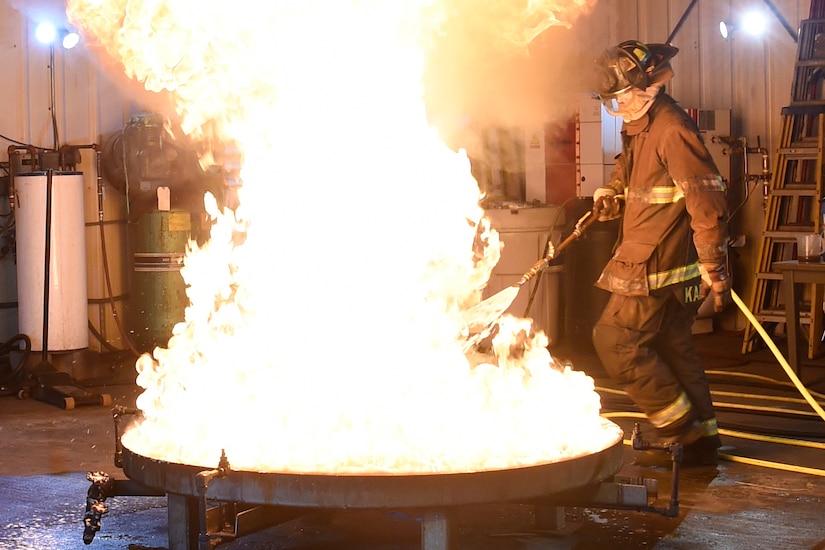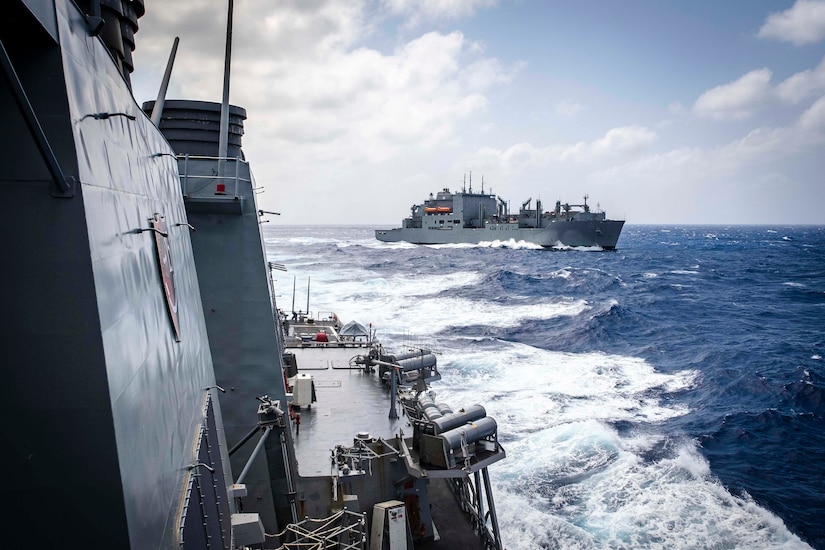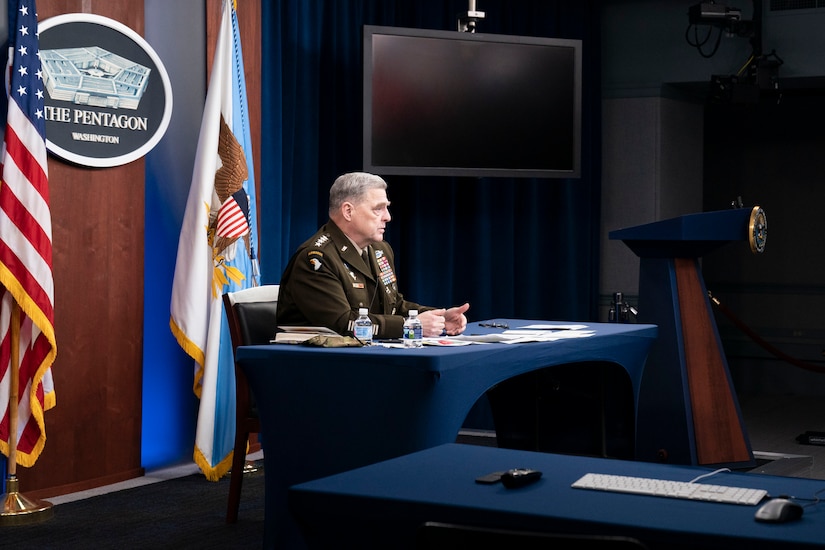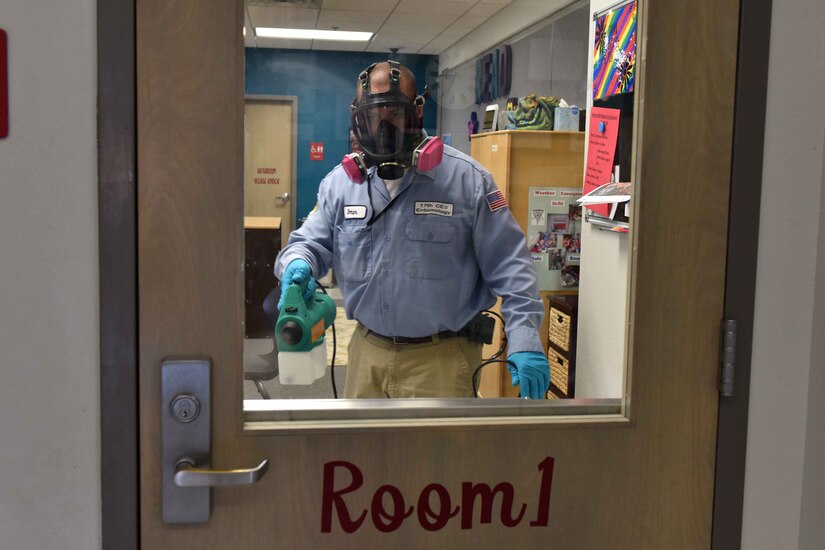The conference — hosted by Chile — marks 25 years of meetings. The ministers discussed the situation in the Americas and how the countries of the hemisphere can more closely work together.
"Our nations share common interests that transcend our differences, including humanitarian assistance, disaster relief and combating transnational threats," Miller said in prepared remarks for the conference. "Moreover, with our like-minded partners, we share common values such as human rights, democracy and respect for the rule of law."

Miller said holding the conference is even more important since the international rules-based system in place since the end of World War II is under "duress" from China and Russia.
Those countries are working to undermine the free and open order and exploit nations to benefit Russia and China. The two great power competitors often use predatory practices and coercion to bend smaller nations to their wills.
"At the same time, problems posed by transnational criminal organizations, social unrest, natural disasters and the global pandemic further endanger the peace and security we have all worked hard to build over the past two and a half decades," Miller said.
There are three nations in the hemisphere that are problems — Cuba, Nicaragua and Venezuela. The defense ministers must discuss these three nations and efforts to persuade these nations to return to democratic rule through free and fair elections and end violence in their countries, he said.
Even if nations disagree on some events in the region, there are more they agree on, the acting secretary said, and he praised efforts in the hemisphere to enhance humanitarian assistance and disaster relief. The nations are also working together to address transnational threats.
"In the realm of humanitarian assistance and disaster relief, we recognize that these challenges extend beyond borders, threatening the well-being of all our citizens," Miller said. "This requires us to look for ways to work together across the region as efficiently as possible."

Miller highlighted Chile's disaster cooperation mechanism — a tool that facilitates information exchange on humanitarian assistance and disaster response capabilities among conference states.
"For our part, I am proud to note that U.S. Northern Command and U.S. Southern Command…have executed 441 coronavirus relief projects in support of 30 nations in North, Central, and South America and the Caribbean — with a total value of $30.4 million," he said.
He also pointed to the 2019 deployment of the hospital ship USNS Comfort to the region to provide humanitarian assistance and medical care to Venezuelan refugees.
"In late 2021, we will again deploy the Comfort to the region to relieve pressure on our partners and increase their resilience," Miller said.
The secretary also highlighted Southcom's Health Engagement Assistance Response Team pilot. This is an aerial medical deployment focused on non-COVID-19 patients in urgent need of medical care in Central America and the Caribbean.
The most recent hurricane season — the most active since weather records have been kept — also saw Southcom providing aid to hard-hit nations in Central America completing 243 missions, saving 850 lives and delivering over one million pounds of humanitarian assistance to partners hit by Hurricanes Eta and Iota.
"Our hearts go out to those who have lost loved ones, homes and their livelihoods caused by these natural disasters; and these events underscore the importance of our work together at this conference," the acting secretary said.
Transnational criminal organizations remain a threat in the region. From drugs to refugees to weapons, these groups foster violence and corruption wherever they operate, he said.

"I am proud of the progress we've made on this front, but we must also do more to thwart resource predation by both state actors and criminal groups, which has increased this year," the acting secretary said. "Activities such as illegal mining, wildlife trafficking and illegal, unreported, and unregulated fishing threaten economic and national security and are detrimental to our pursuit of stability and prosperity."
Miller also spoke of the 20th anniversary of United Nations Security Council Resolution 1325 on Women, Peace and Security.
"We recognize that a military is at its best when it is inclusive and representative of the society it defends and when it accounts for the unique security needs of the entire population," he said. "That's why the Department of Defense is committed to building a more diverse workforce at all levels, promoting equal opportunity for all, and ensuring we incorporate the perspectives of men and women into our plans, policies and operations."
He praised the partner nations that are working to increase the meaningful participation of women in the defense and security sectors and promote their safety and security.
"Doing so will ensure that we leverage the full breadth of talent each of our nations provide to meet the security challenges of the 21st century," he said.

















